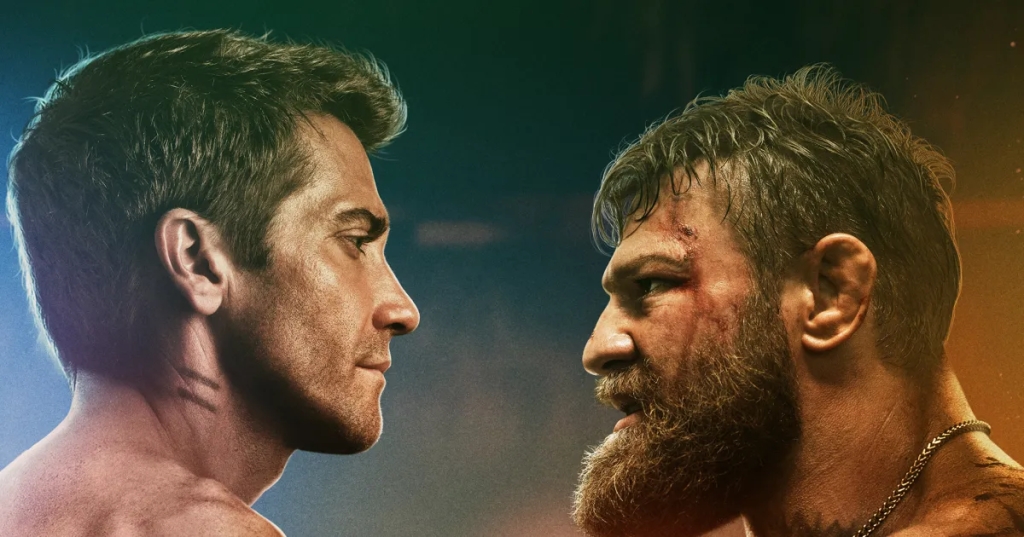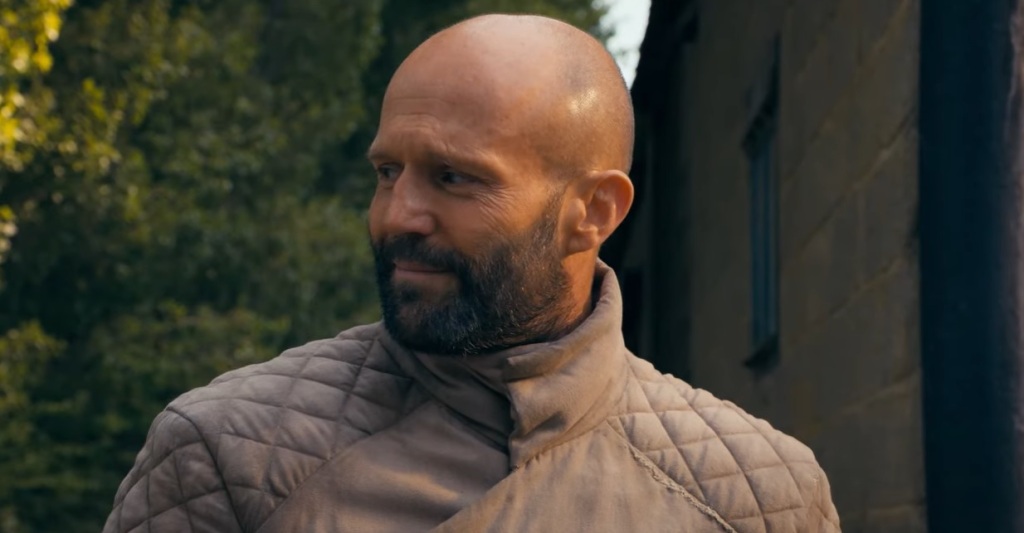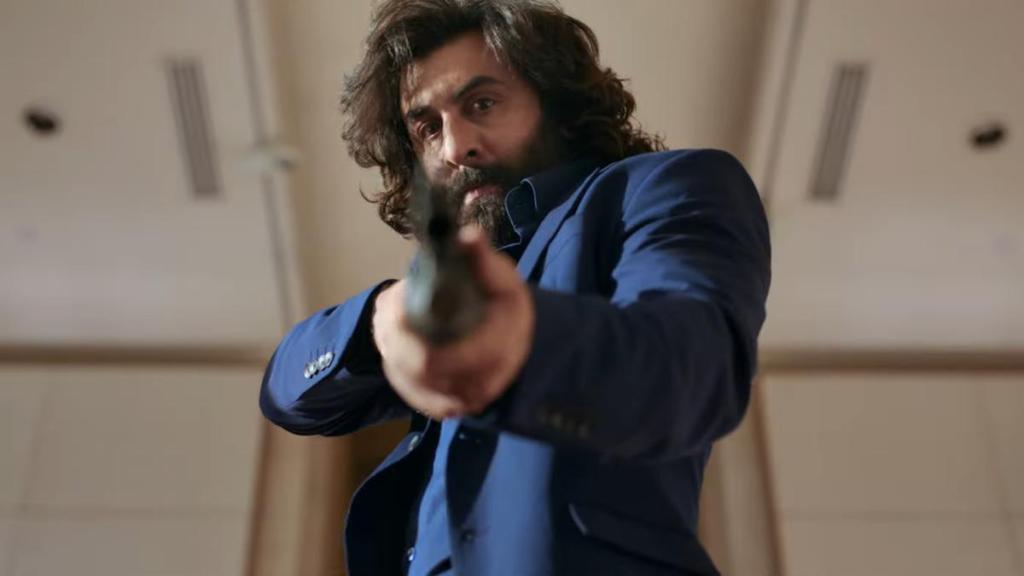Richard Feynman, a renowned physicist, describes the idea of perceiving history or origin as one of many possibilities. This very fact forms the basis of quantum physics. In our everyday experience, we understand Reality with different levels of perception. In modern physics, it is, therefore, necessary to understand Reality through model-dependent realism. The same idea can be applied to Religion. The system of faith depends largely on perception. In an another view, religion could be best understood with the economics of society. Religion is based on various materialistic aspects such as identity, symbol, and totems. Karl Marx describes religion as “opium for the people”. It spreads like a symptom but is not a disease. Diseases can be cured but symptoms are never cured.
Martin Scorsese attempts to describe a story where a catholic priest, Sebastião Rodrigues (played by Andrew Garfield), tries to fight against all odds within himself just to make people understand that Catholicism can flourish in Japan. Sebastião began his voyage to Japan partly to find the whereabouts of Father Cristóvão Ferreira (played by Liam Neeson) and partly to work as a Christian missionary. In his journey, he realized that there are some people in Japan who are secretly practicing Catholicism. However, a constant fear from the group of Samurai prevailed. People who follow Christianity were killed in the most brutal way possible. Despite this constant fear, Sebastião Rodrigues continued with his journey to spread Catholicism. He only met Father Cristóvão Ferreira in the end and realized that Father Ferreira had already given-up his fight and mission. Father Ferreira had accepted the fact that Japan had its own way of perceiving reality. The people of Japan by large can only accept the mother nature as their lord (or God).
There can be two ways of looking at this movie. One way is more Catholic-oriented where we can understand the struggle and hardships taken up by priests while spreading Catholicism. The other way is definitely not pleasing for the western world. The counter view presented by Father Cristóvão Ferreira to his own disciple Sebastião Rodrigues is probably the best scene of the movie. Martin Scorsese carefully put that scene in the movie so as not to disrespect both the western and the eastern world. Sebastião Rodrigues realized that he can continue to preach Catholicism in his own silence and not let the people of Japan suffer due to the ideological conflict.
This movie is definitely not pleasing for most of the people as religion has always been a sensitive issue in this world. People would expect more graphic violence from the movie but Martin Scorsese has subtly put both sides up and in front of each other. It is always easy for the viewer to choose sides on the basis of horrific acts and deeds. Although there are some scenes in the movie that makes you choose the catholic angle but the nonsense approach of the Christian missionaries during that time was also dealt beautifully through discussions. This movie is definitely best in its screenplay, cinematography, acting, and direction.






Leave a comment